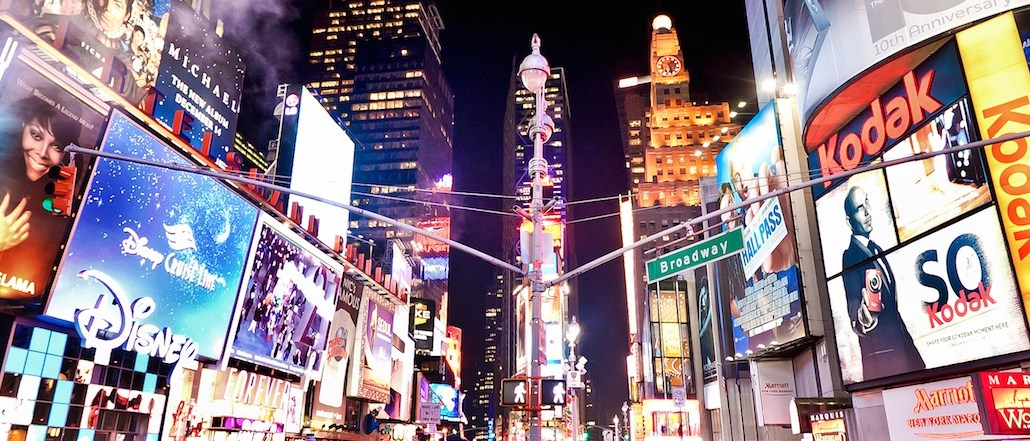
When it comes to its native advertising, The Guardian is finally calling a spade a spade.
On Monday the Guardian announced some tweaks to how it labels both its native advertising and content that’s supported by sponsors. Content paid for and controlled by advertisers will now be labeled as “paid content” or “paid for by,” both of which are far more clear than the “brought to you by” the content used to carry. Independent content funded by sponsors but created by Guardian reporters will also be labeled more clearly: The Guardian will stamp them with a “supported by” tag, which improves on the “sponsored by” tag that content carried previously.

Executives from The Guardian were not made available to comment, but the native ad tweaks are “a part of our ongoing commitment to transparency and clarity for our readers and commercial partners across the world,” the company said in a statement to Digiday.
The Guardian’s changes come just a month after the FTC issued stricter guidelines about how publishers should label their native ads. For one, the organization said that it’s not crazy about the vague “promoted” or “promoted stories” labels that are largely meaningless to readers. It’s not hard to understand why publishers have gone that route. As the rise of ad blocking shows, Web users’ aversion to online advertising is at at all-time high, which is why publishers are eager to stamp their ads with fuzzier, more vague terms.
On the other hand, transparency has its upsides, both for publishers and the brands they’re creating content for. “Brands shouldn’t have a vested interest in hiding when they’ve sponsored stuff. They’re paying for it,” said Sam Slaughter, VP of content at Contently. “The clearer a disclosure is, the more trustworthy the piece of content is.”
Matthew Wilson, press officer at the U.K.’s Advertising Standards Authority (ASA), said that while publishers are still sheepish about clearly labeling their ads, it’s still best to err on the side of clarity. The organization recently gave BuzzFeed U.K. a slap on the wrist for not properly labeling a post created for dye company Dylon. The post was labeled as “Dylon Brand Publisher,” which the ASA argued was not “not sufficient to make clear that the main content of the Web page was an advertorial and that editorial content was therefore retained by the advertiser,” it said in its ruling on the ad.
“We always say that, when in doubt, just call it an ad. We don’t want to say that’s the only to label, but it’s not going to be confusing to anyone.”
More in Media

Digiday+ Research: Publishers take their focus off events as revenue dips
The percentage of publishers making money from events hit a low as of the first quarter of this year and, as a result, fewer publishers plan on putting a focus on growing that part of their business.

What platforms, brands and agencies hope to get out of the Possible conference in year 2
Year two of Possible is once again being held in Miami Beach, and it will take place from April 15-17 with 3,000 attendees expected to listen to another 200 or so speakers, including Snap’s Colleen DeCourcy, Uber Ads’ Megan Ramm and UM Worldwide’s Matthew Smith.

AI Briefing: Cloud giants’ AI ambitions create new partnerships — and new competitive concerns
Last week, tech companies like Google, Microsoft and Amazon all announced updates more updates for their cloud and AI efforts





